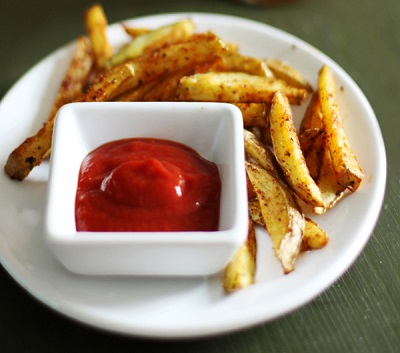A Brief History About Ketchup
During 1801, the recipe for tomato ketchup was created by Sandy Addison and printed in an American cookbook. There had already been many variations of ketchup before, such as mushroom ketchup, so this version was only a first for the tomato ketchup. Sandy's recipe not only sported tomato as a base, but also included nutmeg, allspice, cloves, cinnamon, ginger, and pepper. A few years later, in 1817, there was another recipe for a tomato ketchup named Tomata Catsup. This recipe dropped some ingredients from Sandy's version, but also included anchovies. Later on, however the anchovies were dropped. Throughout the rest of the 19th century, ketchup evolved towards the sweeter side, and includes more sugar than ever. Ketchup was typically produced and distributed by farmers, but later on, some companies became interested in the distribution of this ketchup. The most prominent example was the H. J. Heinz Company, which started producing and distributing ketchup throughout the U.S. They still produce and bottle ketchup today, too. Prior to Heinz, ketchup was a lot more watery and contained less vinegar. Today, modern ketchup is referred to as ketchup made after the debate of whether or not to use the preservative sodium benzoate, which never made the cut. Despite this, the event lead to many changes in ketchup that was essential to modern ketchup. Instead of being restricted to plastic bottles, modern ketchup is often contained in small plastic packets at fast food restaurants, and is sometimes pumped into a miniature paper cup.
